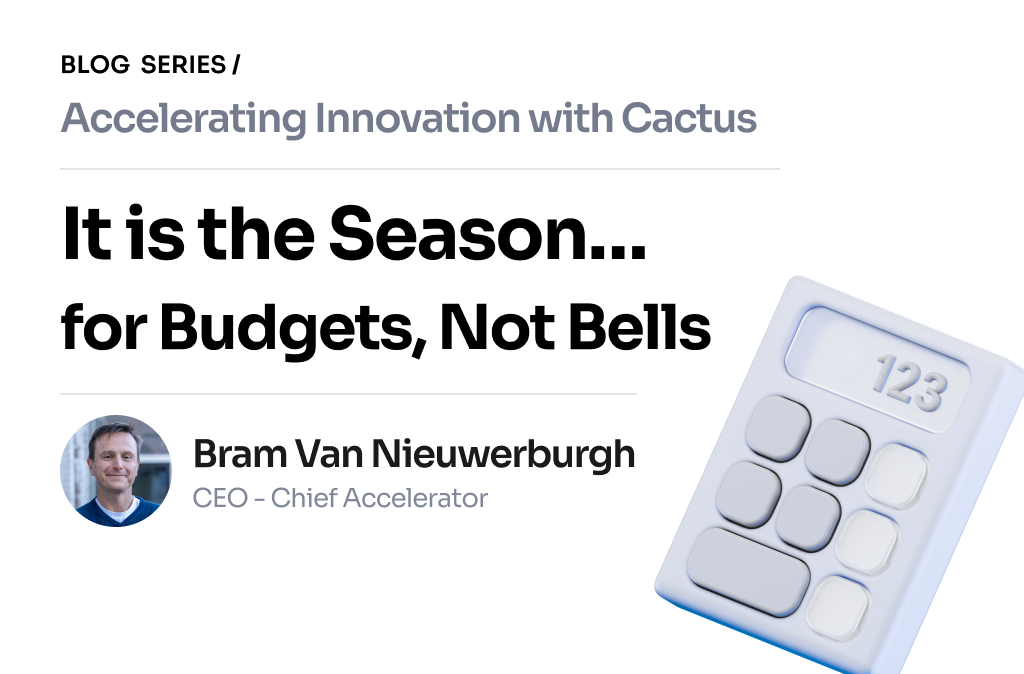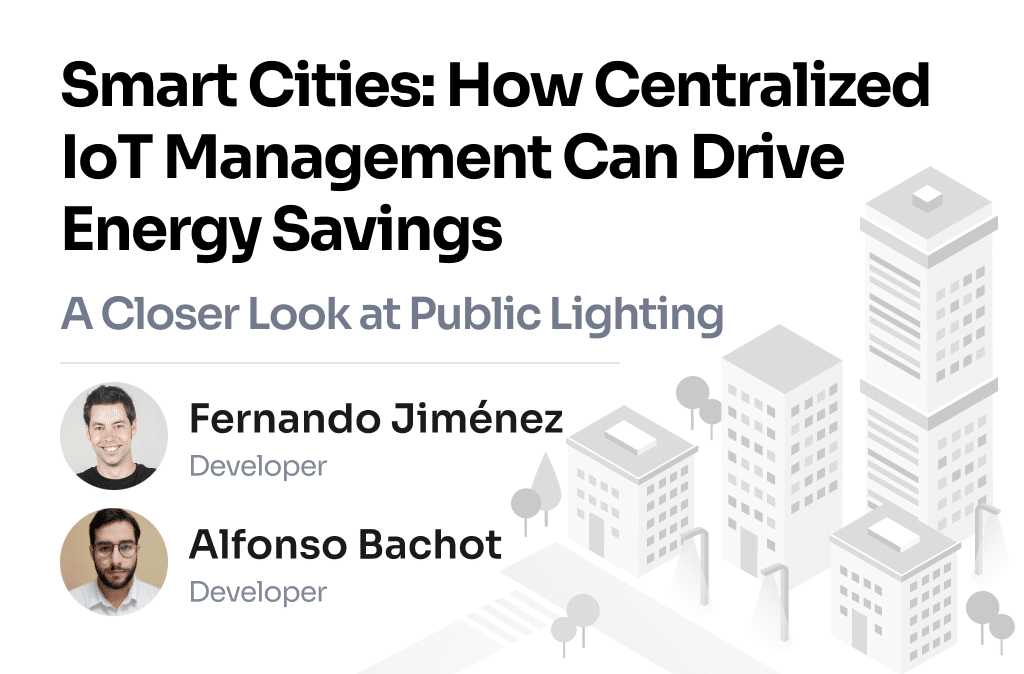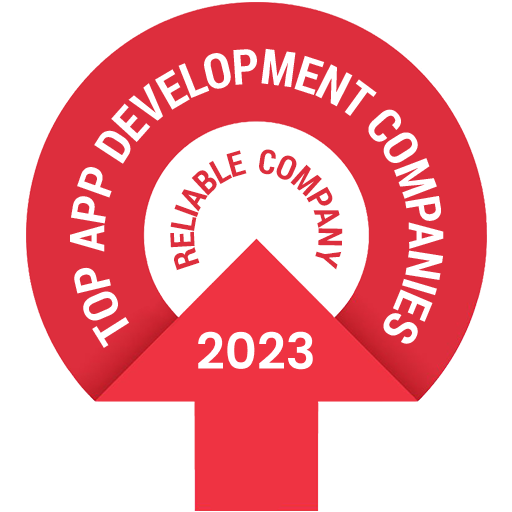The escalating environmental crisis has become one of the most pressing issues nowadays.
However, modern technology called the Internet of Things is here to serve humanity for the better. Wireless technology connects various devices, sensors and drones that have been adapted to many management processes and successfully accomplishes its task in an environmentally sound manner.
Sustainable cities and communities, affordable and clean energy, responsible consumption and production – these are the main goals included in the UN 2030 Agenda for Sustainable Development.
Interesting fact:
Did you know that 6% of carbon dioxide in the atmosphere is produced by street lighting? Some countries are trying to reduce emissions by installing smart streetlights. Smart sensors track how many cars or people are in a certain section of the street and use these data to regulate the brightness of the lighting.
But how else can the environment benefit from IoT technology?
Let’s find out.
IoT for Waste Management
Another problematic situation is the uncontrolled distribution of waste.
Luckily, nowadays there are smart solutions available on the market. Automated route optimization for garbage pickup trucks is gaining popularity. Waste collectors can get an automated route planned for them that prioritizes areas in urgent need of cleanup and avoids disposal units that still have room.

Smart waste containers can be tracked remotely by the application: once the container needs to be emptied, the system immediately sends an alert. This smart solution brings efficiency to city waste management and actively reduces the ecological footprint. For instance, the energy-efficient BinBeat battery is long-lasting and can be charged with solar energy.
IoT for Smart Farming
By 2050, the world’s population will increase to 9.1 billion – that is 34 per cent higher than now. To provide enough food for the increased population, agricultural production will have to increase by 50%.
Farmers have already started employing IoT technology. Precision farming keeps everything under control and helps farmers to easily regulate the workflow. For example, they place smart sensors in the fields and remotely monitor the temperature, soil moisture levels, precipitation and fertilizer presence.

They also receive information on climate forecasts and predict weather patterns in the upcoming days. With just a smartphone, farmers can track statistical data for their livestock and crops, while using drones for crop monitoring, planting, crop spraying, and field analysis. IoT technology helps to reduce the use of electricity and water. Great examples of such products are OneSoil, Cropin, and Climate FieldView™.
IoT for Energy Management
A recent study conducted by Schneider Electric company found that integration of IoT solutions into energy management not only increases the safety and stability of production processes, but also reduces electricity consumption by 24%.(The same result was obtained by our customer Enprove, which started as a one-woman company, but today consists of a dedicated development team).

Ideas for generating green power in your own backyard are becoming more and more popular nowadays. With smart energy solutions you can easily meet your household needs and be independent from conventional power suppliers.
Why it is necessary to consider the adoption of IoT-based solutions for efficient city management? Read the answer >>>
For this purpose, you need proper IoT energy and infrastructure solutions to make it efficient. IoT-enabled sensors and analytics tools, solar panels, rainwater harvesters, light and heat trackers, smart roofs and windows can be connected into one system. And you can manage your smart home using easy-to-read dashboards and controls on your desktop or mobile application.
IoT for Oil & Gas Pipeline Management
Although pipelines are the safest and most economically efficient method to transport fuels, they still affect people and wildlife, leading to significant negative environmental consequences.
According to the latest research, it was found that around 85% of products released after an accident remain unrecovered, 53% of oil leakage led to soil contamination, 41% of accidents impacted environmentally sensitive areas, and 92% of water crossing damaged pipelines was not protected from contamination.
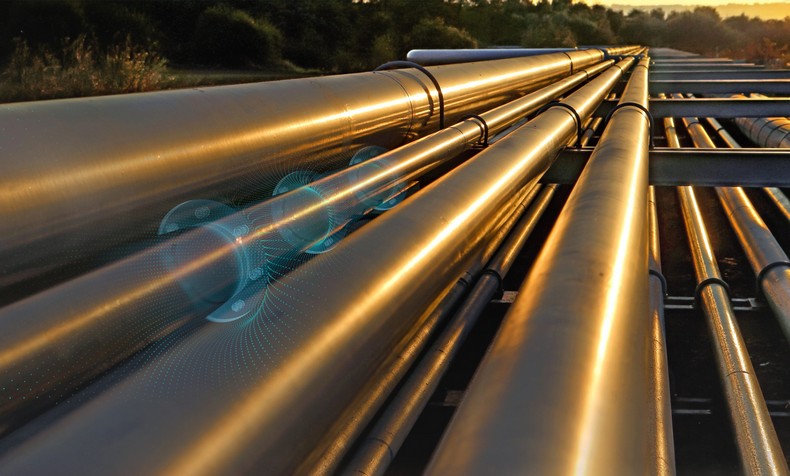
Luckily, the integration of IoT solutions can play an essential role in reducing environmental impacts. And it is predicted that the global IoT market for oil and gas management solutions will reach $30.57 billion by 2025.
Predictive analytics help to reduce the volume of unscheduled repairs, consequently reducing the volume of operating costs. Adaptive diagnostics improve equipment operations and minimize the cost of servicing units.
Real-time data analysis allows the system to send alerts about equipment failure long before downtime occurs. Preventative maintenance is also provided by IoT sensors that monitor characteristics such as refrigerant temperature, low battery, compressor condition, etc. Therefore, IoT technologies will help to prevent environmental hazards such as potential oil and gas spills. Acoustic sensors will detect a breach, while fiber-optic sensors will detect deformations in the pipe walls.
IoT against Poaching
Another incredible environmental achievement brought about by the IoT is saving animals that are on the verge of extinction. The technology makes it possible to track and collect information on the location, and direction and average speed of movement of animals in a wide range. This data is then used to develop analytical models and patterns, in particular helping to predict when animals are in possible danger, including from the threat of poachers moving across their territory.
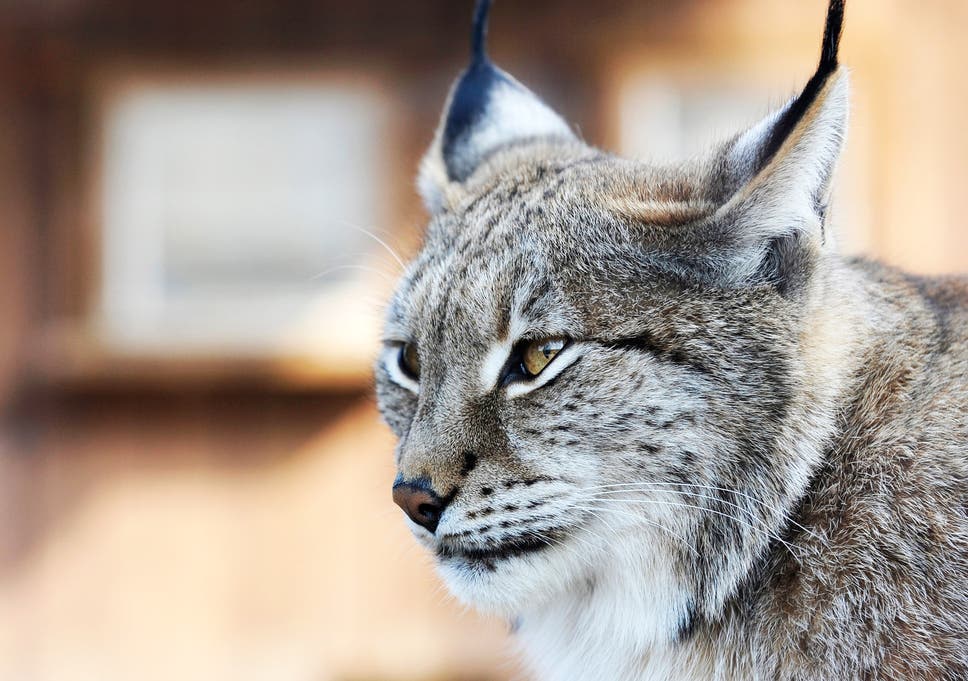
In recent years, the numbers showed a drop in poaching, which indicates that with the help of IoT all the increased efforts to protect wild species have had incredible results.
For example, in Spain, they tried to monitor and track the few remaining wild Iberian lynxes in the country. Scientists and wildlife researchers used special collars to determine the geographic position and habitats of animals. Thus, thanks to the data obtained, the population of this species were gradually restored.



